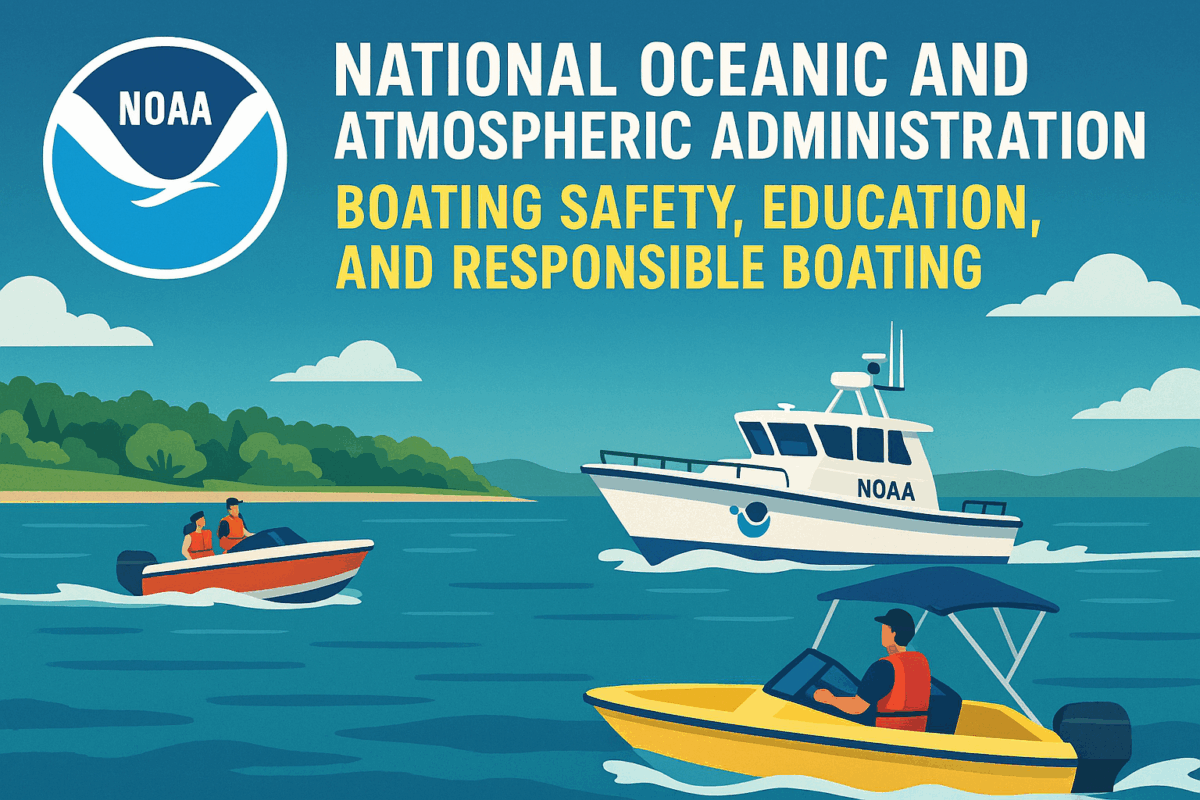Call: 1-800-832-7191

NOAA Sanctuaries
What Are NOAA Sanctuaries?
NOAA’s National Marine Sanctuary System includes 15 marine sanctuaries and two marine national monuments. These areas span from the coral reefs of Florida to the kelp forests of California and the shipwrecks of the Great Lakes. Each sanctuary is designated to protect unique ecological, historical, or cultural resources.
Why NOAA Sanctuaries Matter
Marine sanctuaries play a crucial role in conservation and climate resilience. They protect endangered species, preserve biodiversity, and support sustainable fisheries. Sanctuaries also safeguard historic shipwrecks and indigenous cultural sites, offering a window into the past.
Education and Research
NOAA sanctuaries are hubs for scientific research and public education. Researchers study ocean health, climate change, and marine species, while educational programs engage students and communities in ocean stewardship. Citizen science initiatives even allow the public to contribute to real-world data collection.
NOAA Sanctuaries: Recreation and Tourism
From snorkeling and diving to kayaking and whale watching, sanctuaries offer countless opportunities for eco-tourism. These activities not only connect people with nature but also support local economies.
Protecting the Future
As climate change and human activity continue to impact the oceans, NOAA sanctuaries are more important than ever. Through collaborative management, NOAA works with local communities, tribes, and stakeholders to ensure these marine treasures are preserved for generations to come.
Furthermore, NOAA’s National Marine Sanctuary System protects 18 designated underwater parks across more than 629,000 square miles of U.S. ocean and Great Lakes waters. These sanctuaries conserve vital marine ecosystems, including coral reefs, kelp forests, and habitats for endangered species. They also safeguard historic shipwrecks and cultural heritage sites. Through education, research, and community engagement, NOAA promotes stewardship and sustainable use of these areas. Sanctuaries support tourism, local economies, and scientific exploration while addressing modern environmental challenges. Visitors can dive, kayak, and explore these treasured waters, gaining a deeper appreciation for America’s rich maritime legacy.
